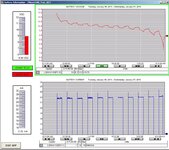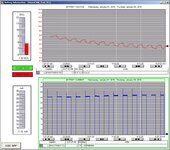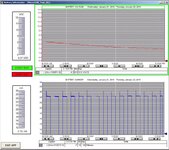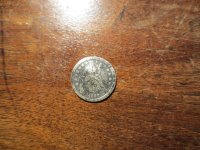BigDawg30701
Jr. Member
- Mar 2, 2013
- 78
- 65
- Detector(s) used
-
Teknetics Omega 8000
Teknetics T2 Classic (Greenie)
Garrett AT Max
White's TRX PinPointer
Deteknix X-Pointer
Past: Garrett Ace 350,
Compass Yukon 76B (Body Mo
- Primary Interest:
- Metal Detecting
Yes, the charger is specifically for the Lithium Ion batteries. Uses a different charging method than Ni-MH from what I understand.







